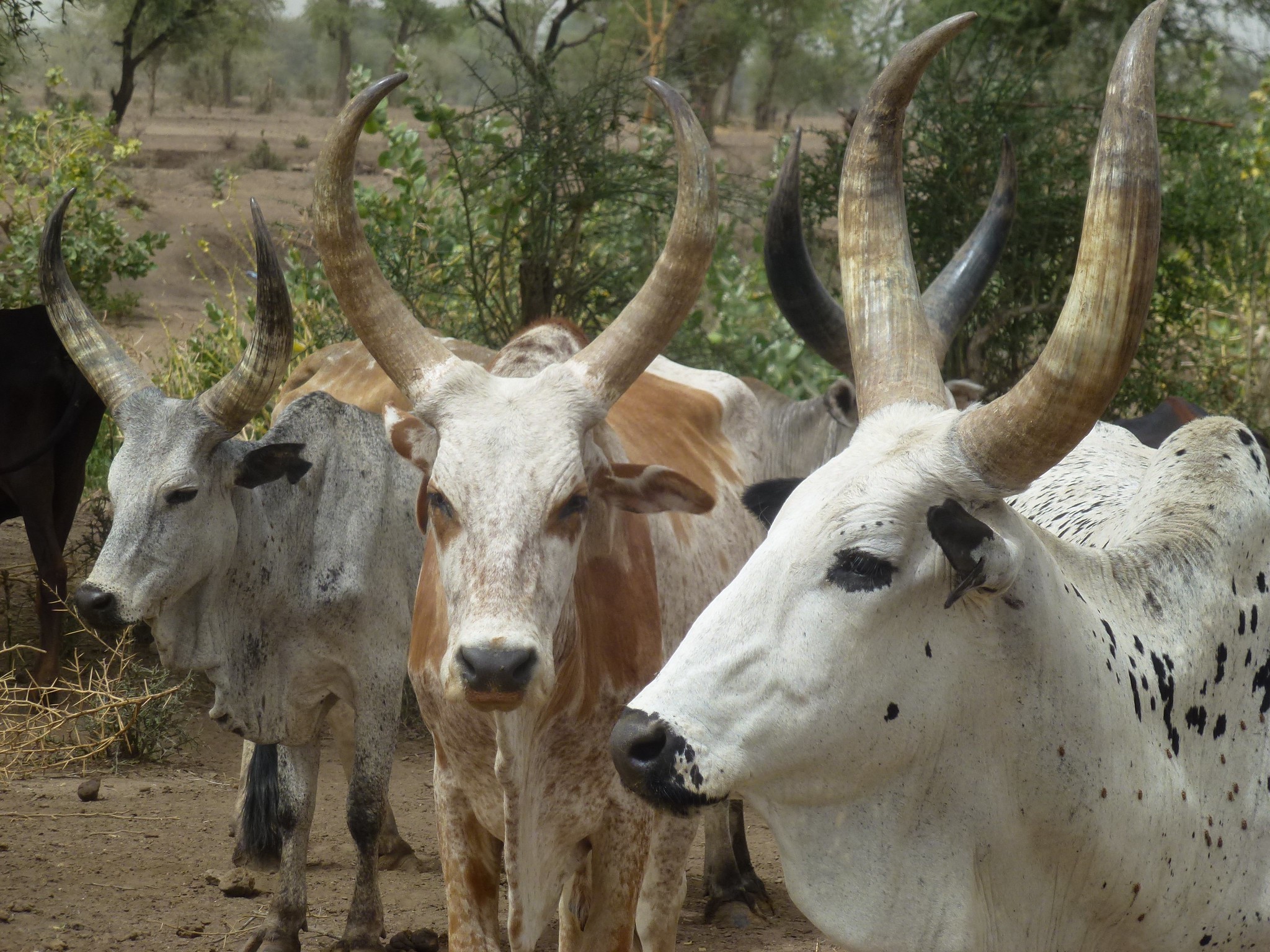Escherichia coli O157:H7, Salmonella and Staphylococcus aureus are common foodborne pathogens.
Researchers from Arsi University, Addis Ababa University, the International Livestock Research Institute ,the University of Greenwich, the United States Department of Agriculture and the University of Tennessee carried out a study to determine the prevalence of E. coli O157:H7 and Salmonella in faeces and milk and the prevalence of S. aureus in milk from dairy cattle and camels in the Borana pastoral community in the Southern Oromia Region of Ethiopia.
The study is published in Antibiotics (Jan 2024).
Paired individual cow composite (pooled from all quarters in equal proportions) milk and faecal samples were collected from cows (n = 154) and camels (n = 158).
Samples were cultured on bacterial isolation and identification media. The E. coli O157:H7 and Salmonella isolates were further tested for susceptibility against nine antimicrobial drugs.
Different risk factors associated with hygienic milking practices were recorded and analysed for their influence on the prevalence of these bacteria in milk and faeces.
The prevalence of E. coli O157:H7 and Salmonella in faeces were 3.9% and 8.4%, respectively, in cows, and 0.6% and 2.5%, respectively, in camels.
E. coli O157:H7 and Salmonella were detected in the composite milk samples of 2.6% and 3.9% of the cows, respectively, and 0% and 1.3% of the camels, respectively.
S. aureus was detected in composite milk samples of 33.4% of the cows and 41.7% of the camels. All 11 E. coli O157:H7 and 25 Salmonella isolates from both animal species and sample types were resistant to at least one antimicrobial drug.
Multidrug resistance was observed in 70% of the E. coli O157:H7 faecal and milk isolates from cows and 33.3% of the Salmonella faecal and milk isolates from camels.
The prevalence of these bacteria in faeces and milk was not affected by risk factors associated with milking practices.
Given the very close contact between herders and their animals and the limited availability of water for hand washing and udder cleaning, these bacteria are most likely present in all niches in the community.
Improving community awareness of the need to boil milk before consumption is a realistic public health approach to reducing the risk of these bacteria.
Citation
Hunduma, D., Amenu, K., Desta, H., Grace, D., Agga, G.E. and Dego, O.K. 2024. Prevalence and antimicrobial resistance of Escherichia coli O157:H7 and Salmonella, and the prevalence of Staphylococcus aureus in dairy cattle and camels under pastoral production system. Antibiotics 13(1): 26.

